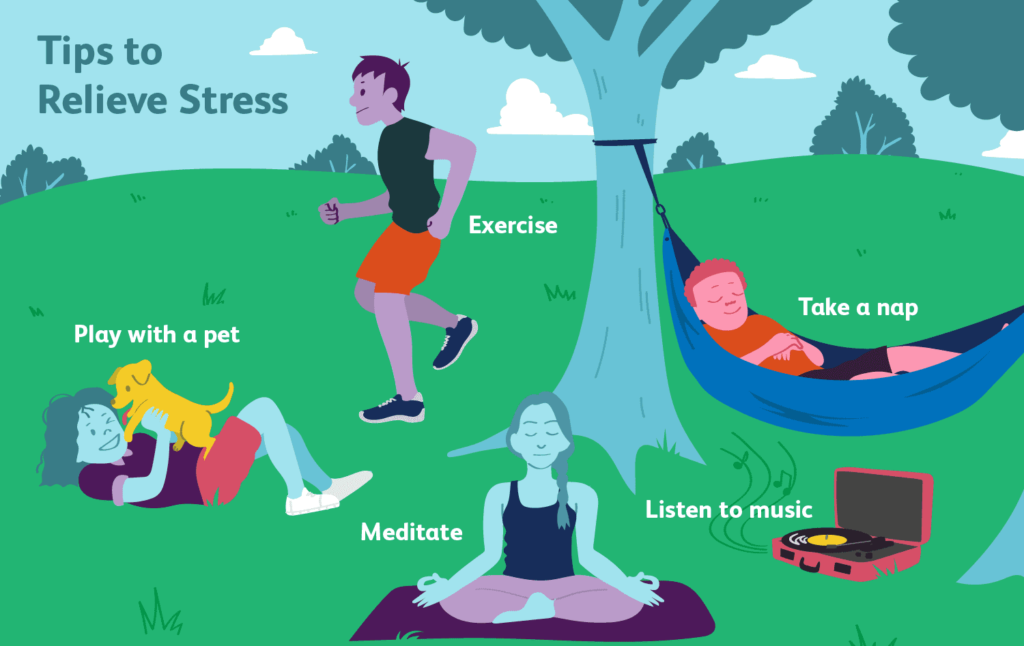Are you truly ready to say goodbye to cigarettes?
Today, we’ll explore three scientifically proven strategies to help you quit smoking for good. More importantly, you’ll learn how to handle the challenges that come after quitting — because that’s where most people struggle.

Strategy 1: Quit Cold Turkey
This is the simplest and one of the most effective ways to quit smoking. All it takes is a firm decision — and a plan.
Step-by-Step 5-Day Plan
Pick a Quit Date:
Choose a day within the next 15 days as your quit date. Let’s say you choose the 6th of the month. Here’s how to prepare in the 5 days leading up to it.
Day 1: Get Mentally Prepared
-
Write Down Your Reasons: List all the reasons you want to quit — health, money, family, smell, appearance — everything. Read this whenever a craving strikes.
-
Tell Everyone: Inform your friends and family about your decision. Ask them to support you.
-
Stop Buying Cigarettes: Don’t restock once your current pack is gone.
Day 2: Identify Triggers
-
List High-Risk Situations: When, where, and with whom do you usually smoke?
-
Create Healthier Habits: Find relaxing alternatives like deep breathing, yoga, music, or a warm shower.
-
Keep Your Hands & Mouth Busy: Have sugar-free gum, candy, a pen, or even a stress ball on hand.
-
Note Behaviors to Change: Are you a morning smoker? Do you light up after meals? Identify and adjust these routines.
-
Make a Distraction List: Plan what to do during cravings — walk, drink water, call a friend, etc.
Day 3: Build a Support Network

-
Talk to Loved Ones: Let close friends and family know what to expect. Ask them to be patient and encouraging when you feel irritable or anxious.
-
Money Motivation: Plan how you’ll use the money saved from not buying cigarettes.
Day 4: Clean Your Environment

-
Wash Everything: Clothes, towels, bedsheets — remove all traces of cigarette smell.
-
Scrub Your Spaces: Clean your room, balcony, car — anywhere you usually smoked.
Day 5: Final Prep
-
Relax and Reflect: Think about the rewards of quitting — better health, fresh breath, more energy.
-
Clean Your Teeth Thoroughly
-
Toss Smoking Gear: Get rid of lighters, ashtrays, packs — everything.
Day 6: Quit Day
This is it! Stick to your plan. Stay busy. Visit a new place. Spend time with supportive people. Use all your prepared lists to stay on track.

Strategy 2: Tapering (Gradual Reduction)
Ideal for heavy smokers (more than 20 cigarettes/day), tapering involves reducing your intake day by day.
-
Count your daily cigarette use.
-
Set a quit date (e.g., the 15th).
-
Gradually reduce by 2 cigarettes daily until your quit day.
-
Use the same post-quit strategies as in the cold turkey method.
Strategy 3: Medical Support (Pharmacological)
If you’ve tried quitting but still struggle, medications can help.
-
Nicotine Replacement Therapy (NRT): Gum, patches, lozenges — these reduce cravings without smoking.
-
Prescription Medications: Consult your doctor about medicines that reduce nicotine withdrawal symptoms.
You can also visit a government-run Tobacco Cessation Clinic under the National Tobacco Control Program (NTCP) for free help.
What to Expect After You Quit
Day 1 After Quitting
-
Celebrate: You made it 24 hours without a cigarette!
-
Tell Others: Share your achievement with family, friends, or support groups.
Handling Cravings
Cravings can be intense but short-lived. Here’s how to deal with them:
1. Delay
Wait for just 5 minutes. Most cravings pass in that time.
2. Drink Water
Take slow sips, swish it around your mouth — it helps reduce cravings.
3. Deep Breathing
Take 4–5 deep breaths to calm your nerves.
4. Distract Yourself
Go for a walk, stretch, talk to someone, or get active.
Avoid:
-
Smoker friends
-
Alcohol
-
Coffee (especially at night)
Use your lists! Look at your reasons for quitting and the benefits you’ve listed.
If cravings persist, Nicotine Replacement Therapy (NRT) products are affordable and effective.
Managing Withdrawal Symptoms
Here’s what you might face and how to manage it:
Irritability, Anger, Anxiety
-
Talk to someone supportive
-
Try deep breathing or a warm bath
Fatigue
-
Rest, nap, and exercise lightly
Cough
-
Stay hydrated
-
Use mild cough syrup if needed
Trouble Sleeping
-
Avoid caffeine, especially in the evening
Postnasal Drip or Throat Irritation
-
Keep sipping water
Dizziness
-
Change positions slowly
-
Drink plenty of fluids
Poor Focus
-
Plan ahead and avoid important tasks during the first week
Constipation or Bloating
-
Eat more fiber-rich foods
-
Stay well hydrated
Increased Appetite or Weight Gain
-
Eat small, balanced meals
-
Avoid sugary snacks
Headaches
-
Relax, hydrate, take warm showers
Note: All these symptoms are temporary. Most will disappear within 1–2 weeks. Be patient and consistent — your body is healing.
Final Thoughts: You’ve Got This!
Quitting smoking isn’t about willpower alone — it’s about planning, support, and persistence. Use the strategy that fits your personality and lifestyle. Whether you choose to quit cold turkey, taper off, or seek medical help, the most important thing is to start.
And remember: every craving, every withdrawal symptom, and every challenge is just a step toward a healthier, smoke-free life.